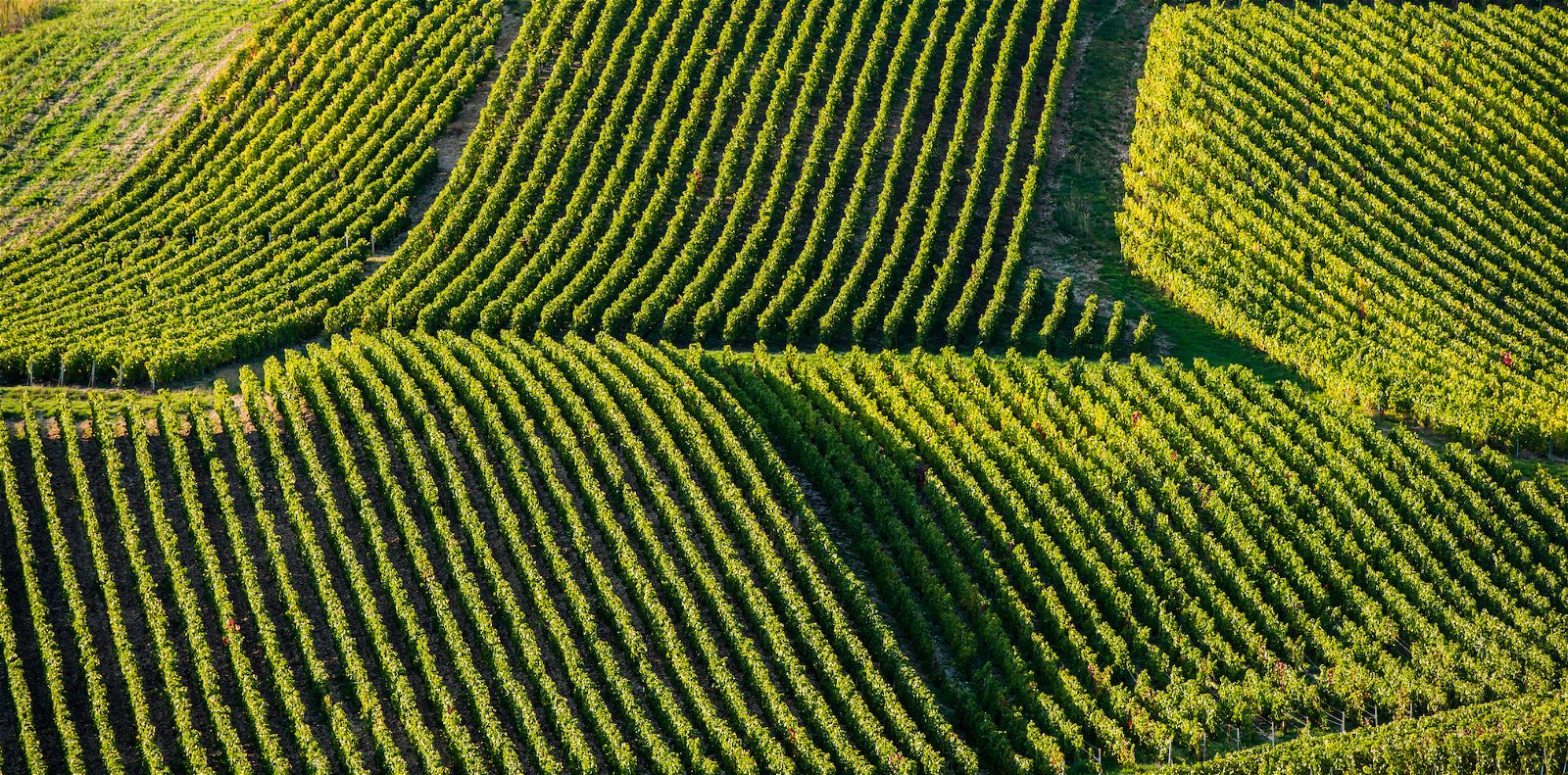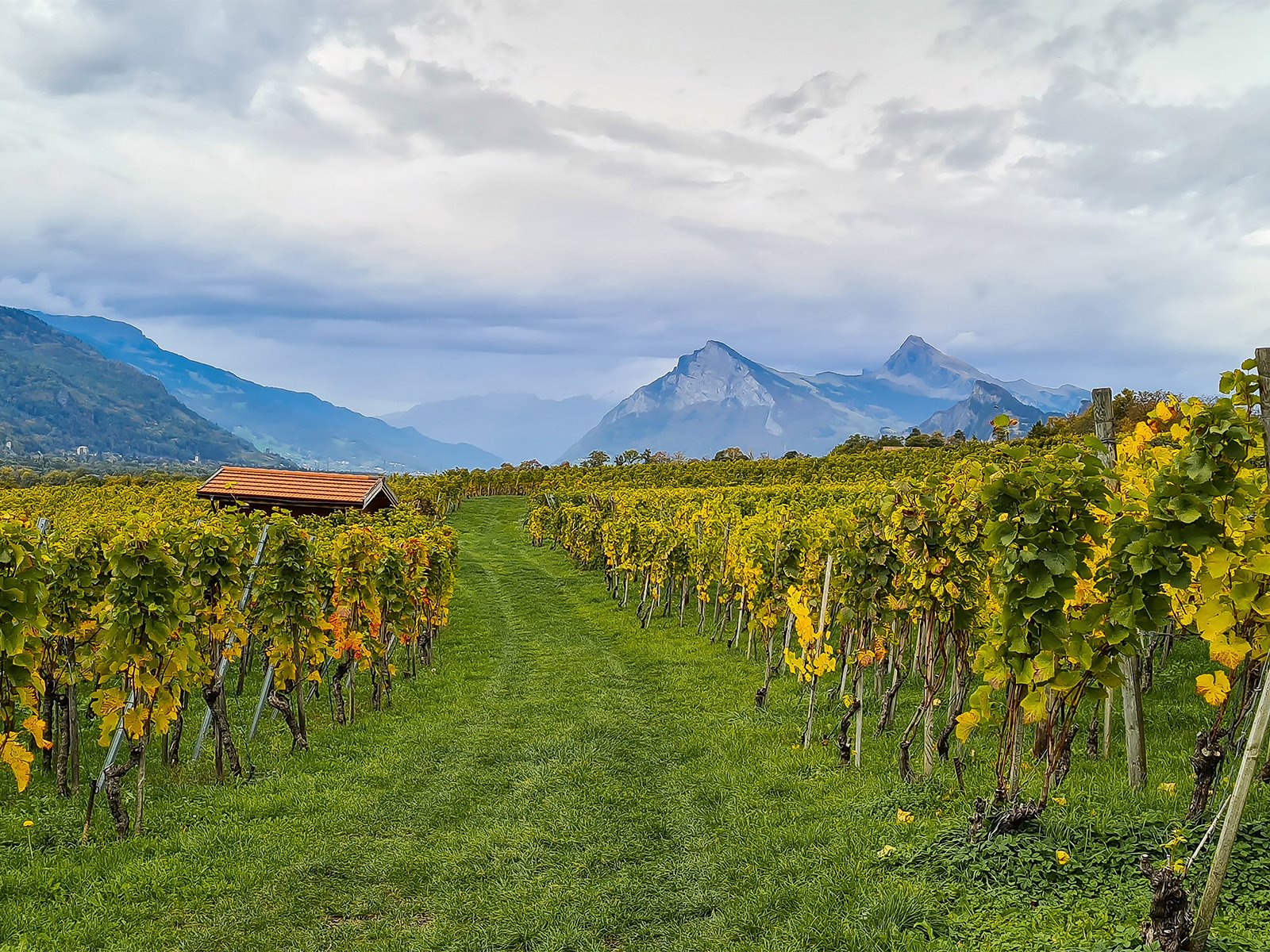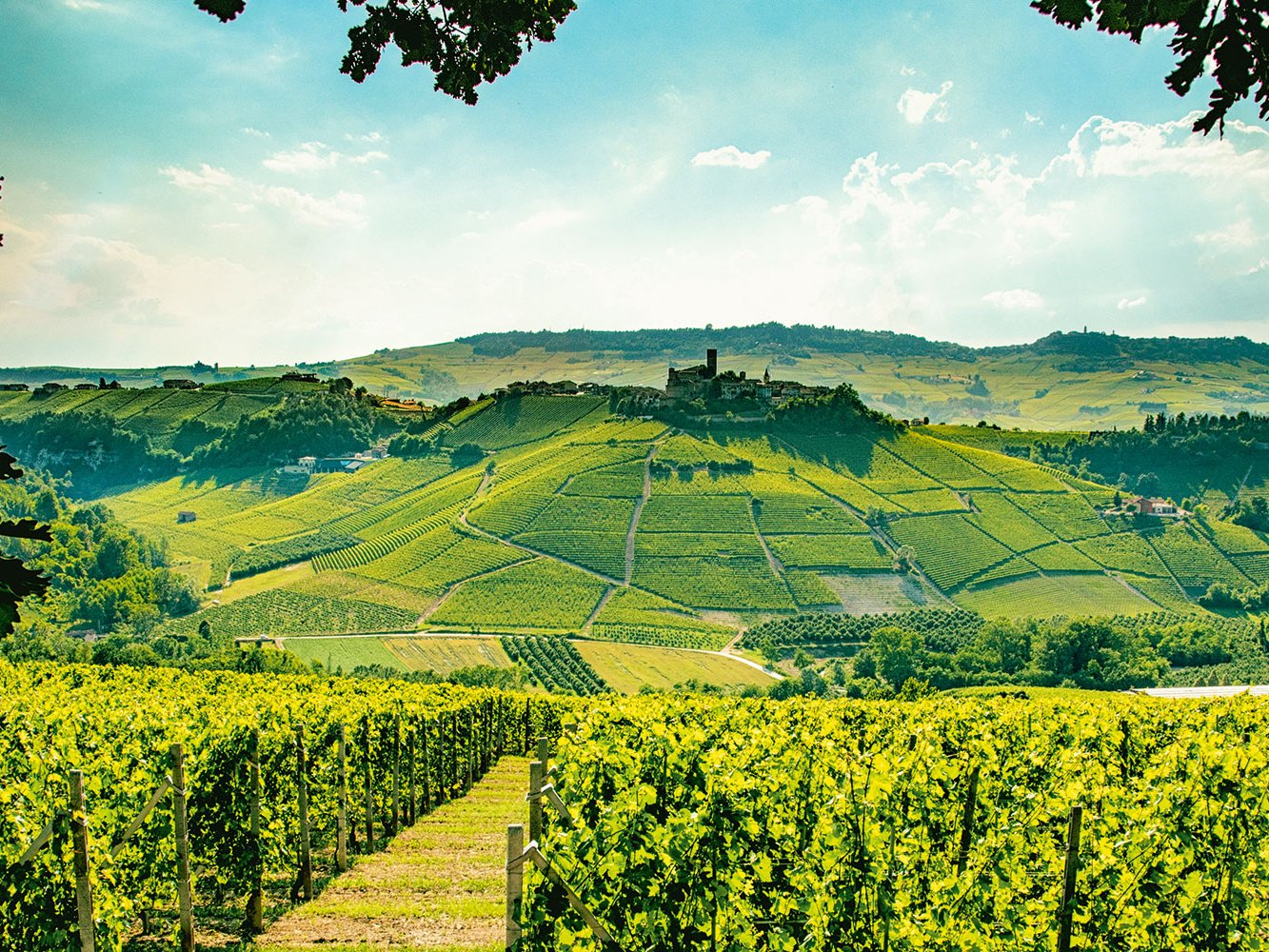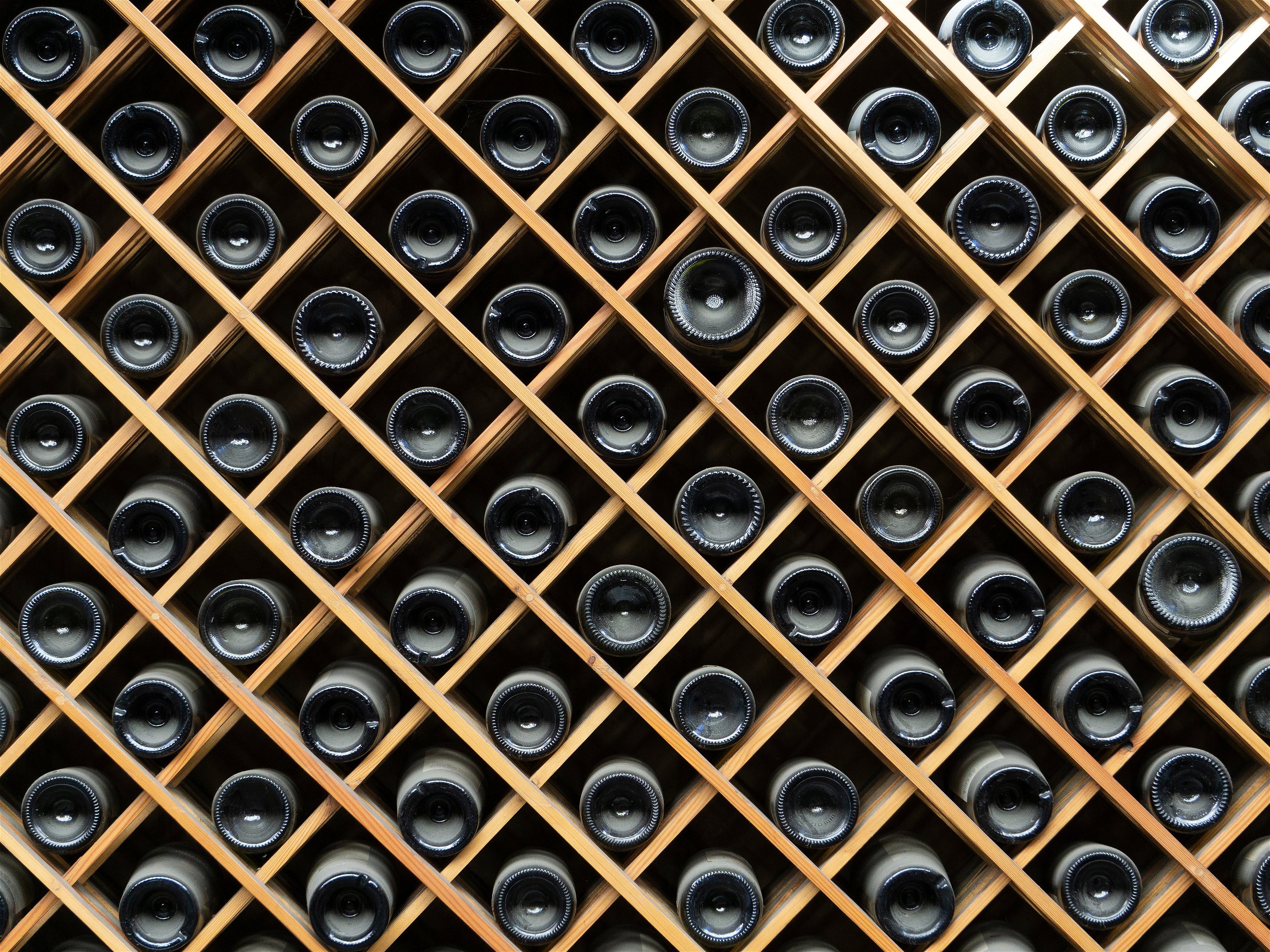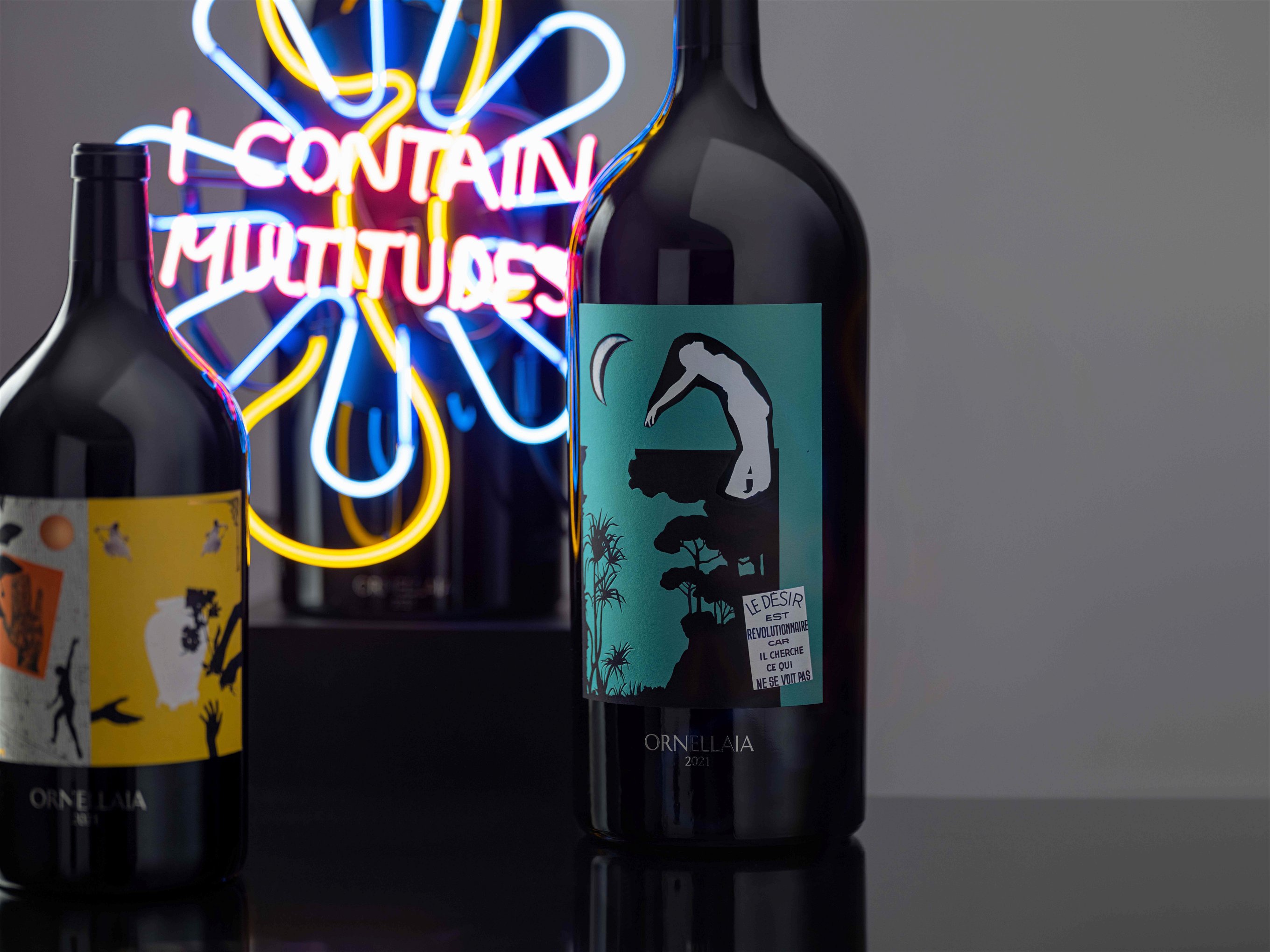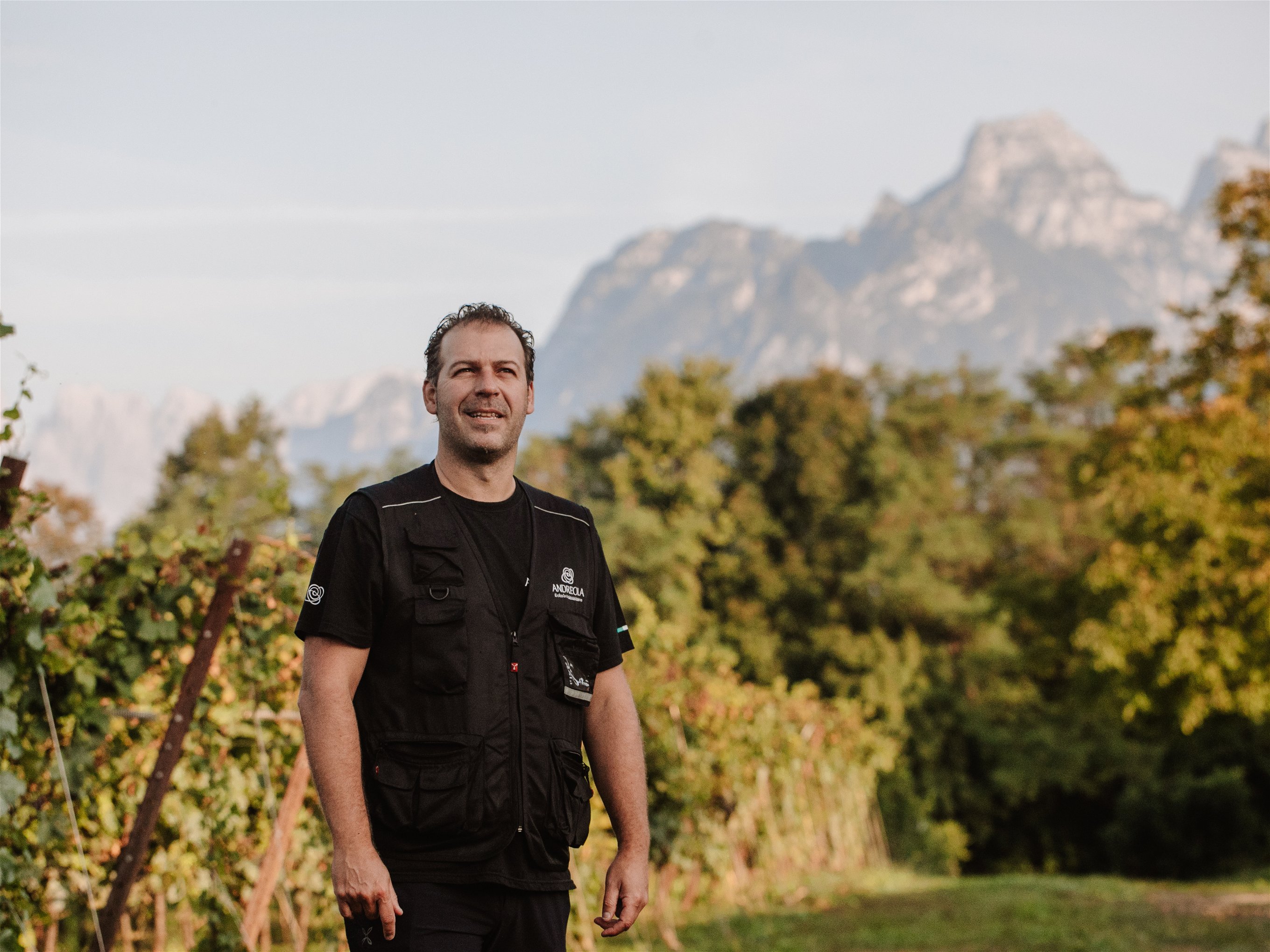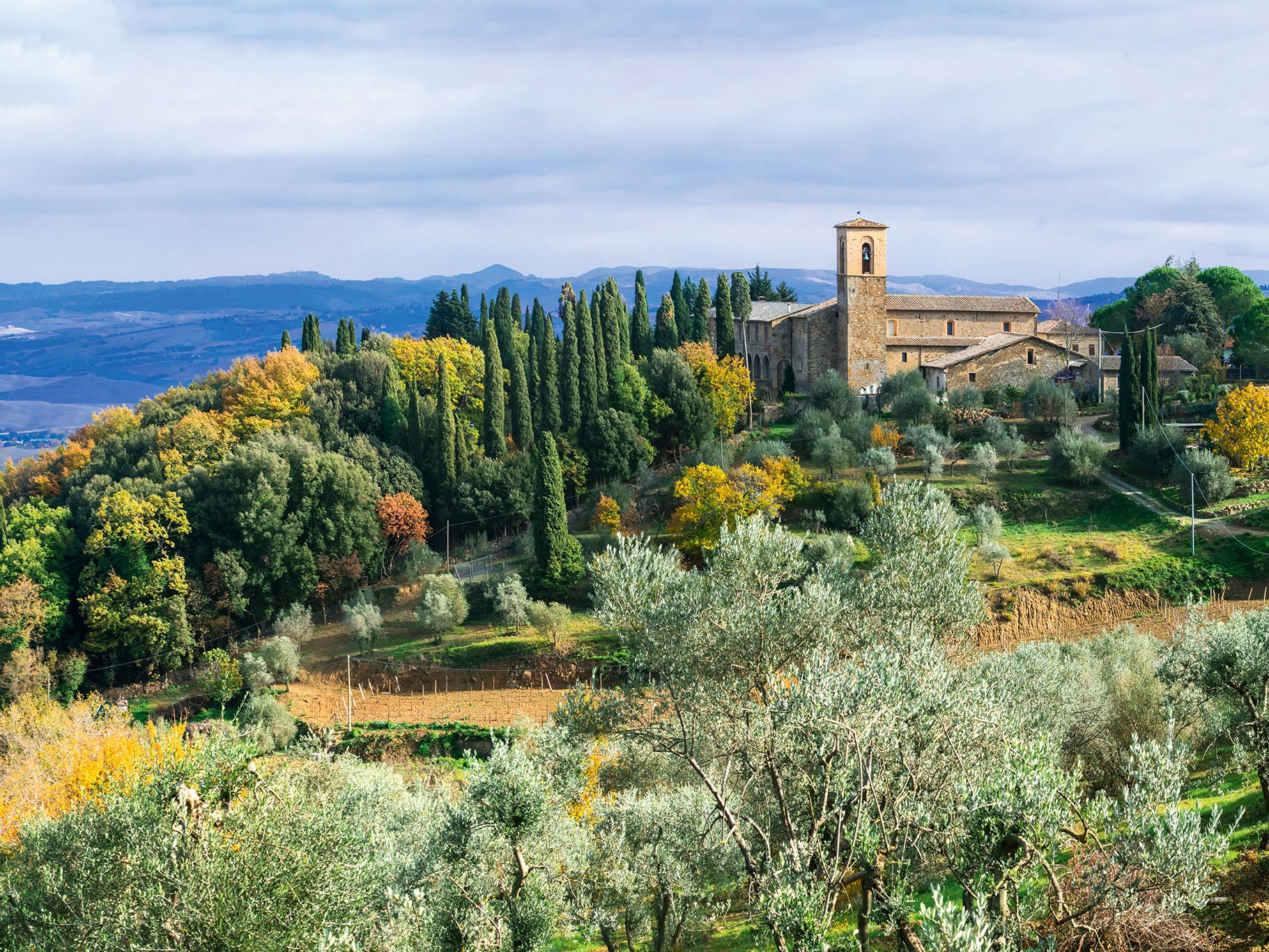The wine-growing regions around Lake Balaton, Lake Balaton, have - like other regions of Hungary - experienced a rapid rise in the last almost 25 years. Until the fall of the "Iron Curtain" and communist rule in the country, the wines of Lake Balaton were produced cheaply and sold cheaply; the country needed money. Yet the wine-growing regions around Central Europe's largest inland lake, where the Romans probably already produced wine, have great ageing potential, as the rapid rise of recent years impressively demonstrates.
The climate is warm and dry, as in many places in Hungary. The vineyards here, however, enjoy the advantage of the lake, which has a regulating effect on temperatures that are too warm or too cold and helps the grapes ripen with the reflection of sunlight. Three regions share the lake from a viticultural point of view: on the northern shore are the regions of Balatonmellék and Badacsony, and on the southern side is Dél-Ballaton. The soils of this landscape around Lake Balaton, which are among the most beautiful in Hungary, consist partly of volcanic rock and partly of limestone and red soil containing iron oxide, especially north of Lake Balaton. The southern part is dominated by clayey sand and loess soils.
All in all, the vines find an excellent terroir here. The predominant Hungarian varieties, such as Furmint, are cultivated here, but international varieties are also gaining in importance. Because of the certain ageing potential of the region, top producers and winemakers from other European countries are increasingly interested in the region.
